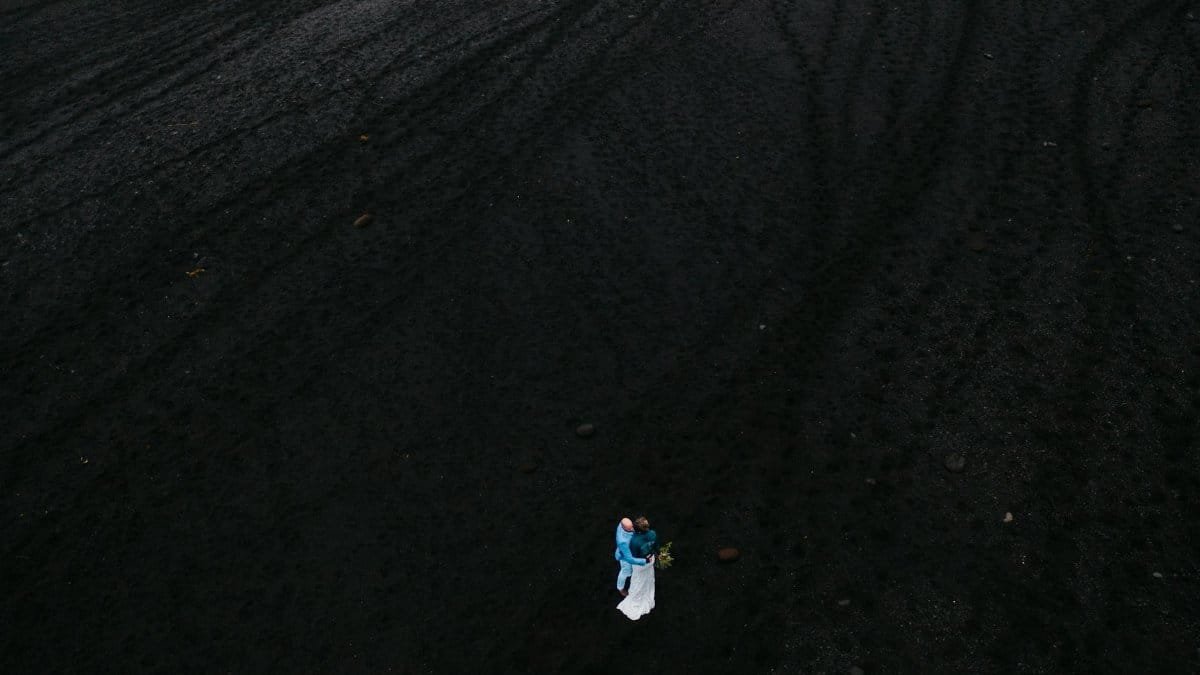Is peace growth the missing piece in your life puzzle? In a world obsessed with hustle and achievement, many Americans feel perpetually behind, even when their timelines align perfectly with societal norms. New surveys reveal that over 60% of adults under 40 experience this disconnect, chasing milestones that leave them exhausted and unfulfilled. Peace growth—embracing personal development at your own pace—offers a way out, fostering inner calm amid external pressures. It’s not about catching up; it’s about realizing you’re already on track.
The Illusion of the Timeline

Life scripts dictate you should graduate by 22, marry by 30, and own a home by 35. But reality often diverges. A 2024 study from the American Psychological Association shows that rigid expectations contribute to anxiety in 45% of millennials and Gen Zers. These timelines ignore individual circumstances like economic shifts or personal setbacks. Feeling behind stems from comparing your chapter one to someone else’s chapter 20. Recognizing this illusion is the first step toward peace growth, where progress is measured by self-awareness, not arbitrary deadlines.
Social Media’s Role in the Pressure Cooker

Scroll through Instagram, and everyone’s life looks perfect—promotions, weddings, exotic vacations. This curated highlight reel amplifies feelings of inadequacy. Research from Pew Research Center indicates that heavy social media use correlates with higher rates of depression among young adults. In 2025, with algorithms pushing success stories, it’s easy to forget that failures are edited out. Peace growth counters this by encouraging digital detoxes and focusing on authentic experiences over virtual validation.
The Biology of Feeling Behind

Your brain is wired for comparison. Evolutionary psychology suggests humans evolved to assess status for survival, but in modern times, this leads to chronic stress. A report from the National Institutes of Health links prolonged cortisol exposure to health issues like insomnia and weakened immunity. Peace growth involves mindfulness practices that rewire these neural pathways, promoting acceptance and reducing the fight-or-flight response triggered by perceived lags in life.
Cultural Expectations and Generational Shifts

In the U.S., the American Dream promises success through hard work, but economic realities—like student debt averaging $37,000 per borrower—delay traditional milestones. Baby boomers hit markers earlier due to cheaper housing and education, per data from the U.S. Census Bureau. Today’s generations are redefining success, with peace growth emphasizing work-life balance over relentless climbing. This shift is evident in rising remote work trends in 2025, allowing more time for personal fulfillment.
Personal Stories of Breakthrough

Take Alex Rivera, a 28-year-old from Chicago who quit a high-paying job after feeling perpetually behind. “I was checking boxes but felt empty,” he says. Through therapy and journaling, he discovered peace growth—nurturing inner harmony over external accolades. Similar accounts flood online forums, showing how reframing “behind” as “on my path” transforms outlooks. These narratives highlight that true progress isn’t linear.
Strategies to Cultivate Peace Growth

Start small: Set intentions, not rigid goals. Practice gratitude journaling to shift focus from lacks to abundances. A study in the Journal of Positive Psychology found daily gratitude boosts life satisfaction by 25%. Incorporate meditation apps, backed by evidence from Harvard Medical School, to build resilience. In 2025, with mental health resources more accessible, peace growth becomes a practical tool for anyone feeling outpaced.
The Impact on Relationships

Feeling behind can strain bonds. Partners may resent differing paces, leading to conflicts. Therapists note that couples therapy often uncovers timeline mismatches as root causes. Embracing peace growth fosters empathy, allowing relationships to evolve organically. According to a 2023 survey by the Gottman Institute, synchronized personal growth strengthens partnerships, turning potential divides into shared journeys.
Workplace Pressures and Burnout

Corporate ladders promise advancement, but many hit plateaus. Gallup’s State of the Global Workplace report reveals 23% of U.S. workers feel disengaged due to unmet expectations. Peace growth encourages boundary-setting and skill-building at a sustainable pace, reducing burnout rates. As remote and hybrid models dominate in 2025, employees are prioritizing mental well-being over rapid promotions.
Overcoming the Fear of Missing Out

FOMO fuels the behind feeling, pushing impulsive decisions. Psychological insights from the University of Pennsylvania show it peaks in early adulthood. Counter it with peace growth techniques like reflection exercises, which help prioritize meaningful pursuits. Realizing life’s seasons vary dismantles this fear, leading to more intentional living.
Embracing Your Unique Pace

Ultimately, peace growth teaches that “on time” is subjective. Historical figures like Oprah Winfrey bloomed later in life, proving timelines are flexible. In today’s fast-paced U.S., where economic volatility persists into 2025, self-compassion is key. Stop running from yourself; peace arrives when you honor your rhythm.American Psychological Association Study on AnxietyPew Research Center on Social Media and DepressionNational Institutes of Health on Stress and CortisolU.S. Census Bureau on Economic TrendsJournal of Positive Psychology on GratitudeHarvard Medical School on MeditationGottman Institute on RelationshipsGallup State of the Global Workplace ReportUniversity of Pennsylvania Psychological Insights
